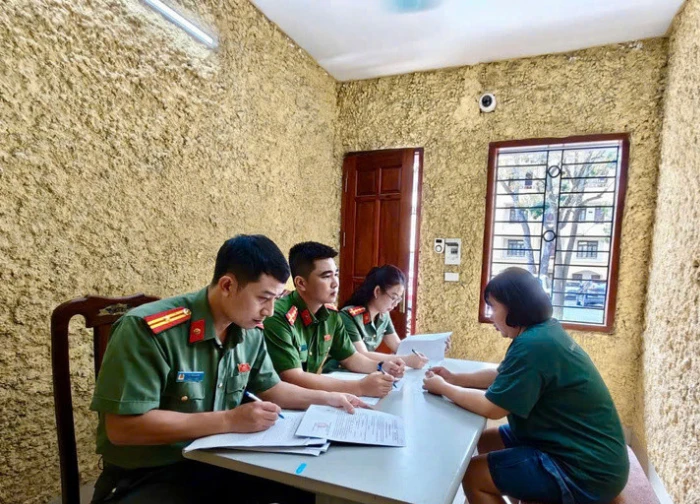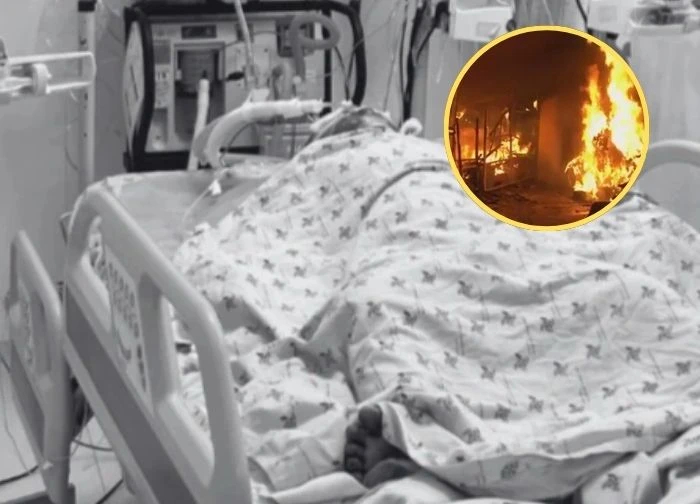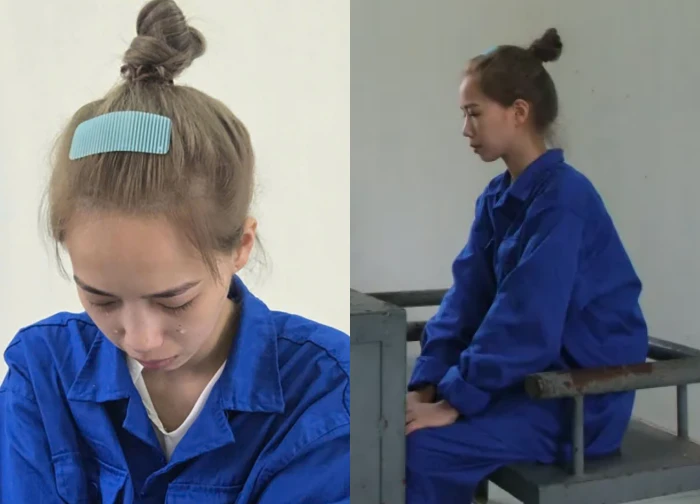Hanoi: Clarifying the case of selling "fake A80 invitations", dozens of people had their money stolen

3 | 0 Discuss | Share
On the afternoon of September 11, Thanh Hoa Department of Health recorded the first case of Whitmore disease in Quang Xuong district this year. To date, after 2 weeks of treatment, the patient has not survived.
A representative of Thanh Hoa Children's Hospital informed that the female student passed away on September 17 after more than 2 weeks of treatment in a state of multiple organ failure, requiring dialysis many times. According to initial assessment, the patient had severe pneumonia, liver failure, and kidney failure; There are accompanying diseases such as diabetes and obesity.
At the end of August, the patient had a sore throat, cough, high fever, drank a lot of water, and lost weight (lost 7 kg in 10 days), but the family bought medicine to treat it at home. On September 1, when her condition did not improve, her relatives took her to be examined at a clinic in Tien Trang commune and received prescription medicine to treat the condition at home. Three days later, the patient was transferred to Thanh Hoa Children's Hospital in a state of respiratory circulatory failure, rapid pulse, low blood pressure, cyanosis, coma, and critical condition.
The hospital did a blood culture test, and the results showed that the female student was infected with Brukholderia pseudomallei bacteria, which causes Whitmore's disease. She received intensive resuscitation treatment, mechanical ventilation, dialysis, antibiotics, and blood sugar regulation, but her health did not improve. In addition to the above bacteria, female students also suffer from diabetes and obesity.
Previously, the media reported that the female patient tested positive for Brukholderia pseudomallei bacteria, born in 2008, in Tien Trang commune, and is studying high school in Quang Xuong district.
After receiving information from Thanh Hoa Children's Hospital about the case, the Director of Quang Xuong District Medical Center directly directed staff of the Department of Disease Control - HIV/AIDS to investigate and verify the information.
Through initial investigation, for the past month, the patient has lived with his parents and brother in Tien Trang commune, Quang Xuong district, and has not left the locality.
The patient's family lives in a closed house, does not raise livestock, does not do agriculture, and uses domestic water mainly from drilled wells.
At that time, it was unclear whether the patient had been exposed to soil, water, dust, dead animal carcasses, or food contaminated with Whitmore bacteria; No scratches on the skin were detected on the patient's body.
From August 22 to 30, the patient had symptoms of sore throat, cough, high fever, drank a lot of water, lost weight (7kg/10 days), the patient bought medicine to treat it at home but it did not help.
On September 1, the family took the patient to An Phuc Clinic, in Tien Trang commune for examination and prescription medicine for treatment, but the disease still did not improve and the disease became more and more severe with symptoms of fatigue and high fever. , poor diet...
At around 2:00 p.m. on September 2, the patient was taken by family members to Central Hospital 71 in Quang Tam ward, Thanh Hoa city for examination and treatment for intermittent hot fever, temperature fluctuating between 39-40 degrees Celsius. , tired person.
Here, the patient was given basic tests with high blood sugar index, involuntary urination, and 2 whole body convulsions, each lasting 5-10 minutes.
After 2 days of treatment without improvement, the patient was transferred to Thanh Hoa Children's Hospital with a coma, unresponsive calls, oxygen inhalation, increased phlegm secretion in the airways, bleeding from the gums, hiccups, dilated pupils. 3mm, irregular, fast heart rate, ectopic rhythm, decreased lung ventilation on both sides...
Tests for white blood cells, red blood cells, and blood Pro-calcitonin levels were all elevated; Blood culture test results showed the bacteria that causes Brukholderia pseudomallei (the bacteria that causes Whitmore's disease).
Quang Xuong District Medical Center has organized an investigation and analysis of the epidemiology of Whitmore's disease cases, risk analysis and prevention measures of Whitmore's disease; Supervise related cases and clean the environment around the patient's house.
Whitmore (also known as Melioidosis) is an infectious disease in humans and animals caused by the bacterium Burkholderia Pseudomalle. B. pseudomallei bacteria live in contaminated soil and water and enter the body mainly through the skin when there is an open wound. There is currently no evidence of transmission of the bacteria from person to person or from animals to humans.
The disease has very diverse clinical manifestations, is difficult to diagnose and can be fatal if not detected and treated promptly, especially in people with underlying diseases such as diabetes, liver, kidney, or chronic lung disease. personality, immunodeficiency...
To prevent disease, the main thing is to ensure personal hygiene, environmental hygiene, and use labor protection when working in contact with contaminated soil or water or in an unsanitary environment. If there are contaminated skin tears, abrasions or burns, they should be thoroughly cleaned.
There is currently no vaccine to prevent Whitmore's disease.

3 | 0 Discuss | Share

4 | 0 Discuss | Share

3 | 0 Discuss | Share

2 | 0 Discuss | Share

1 | 0 Discuss | Share

3 | 0 Discuss | Share

1 | 0 Discuss | Share

1 | 0 Discuss | Share

2 | 0 Discuss | Share

1 | 0 Discuss | Share

3 | 0 Discuss | Share

4 | 0 Discuss | Share




3 | 0 Discuss | Report